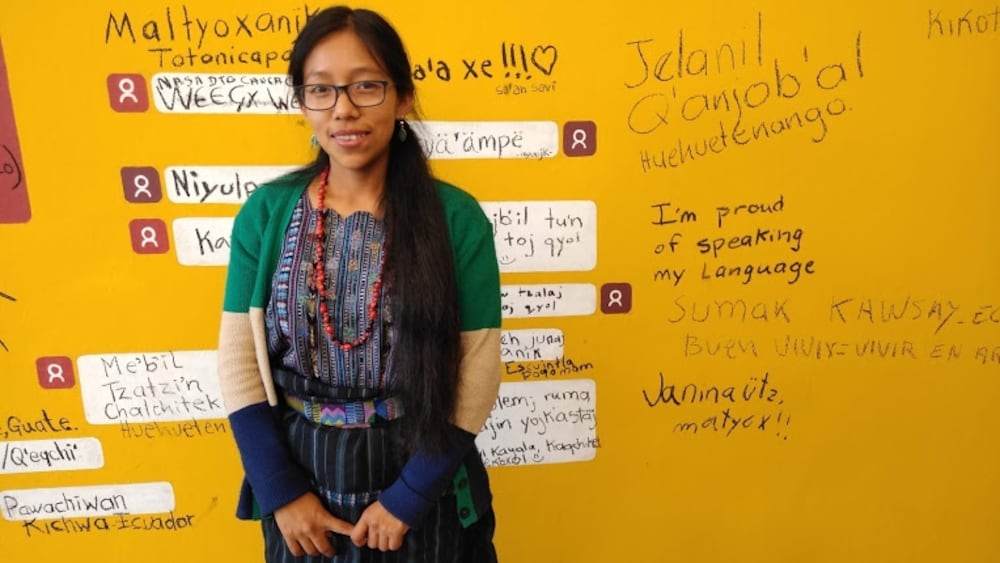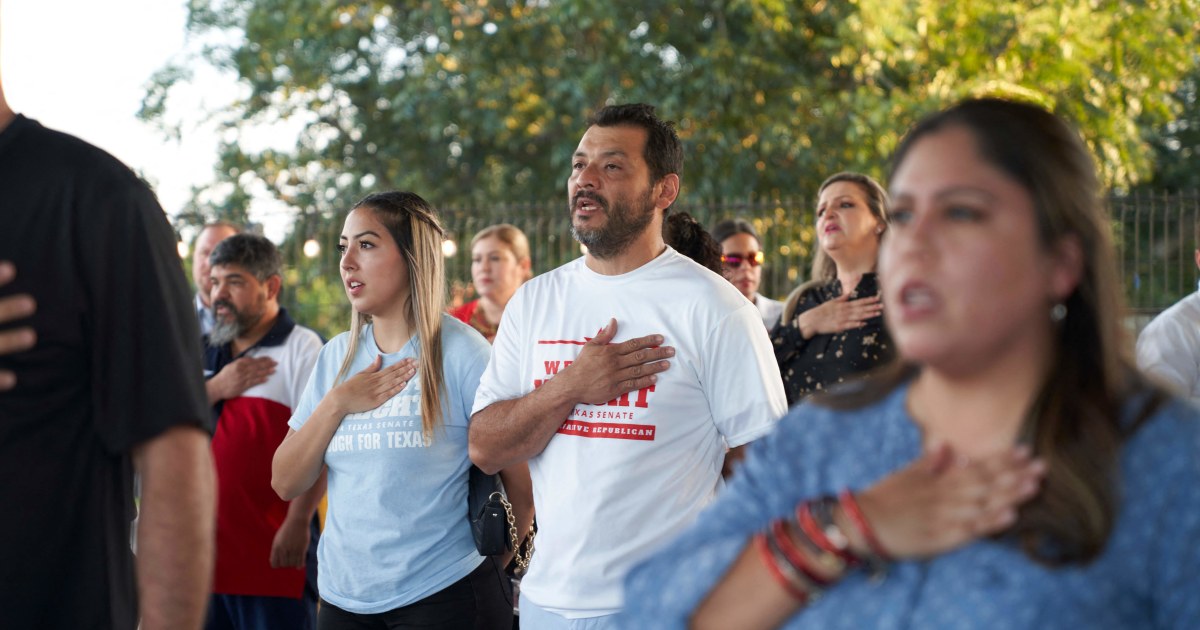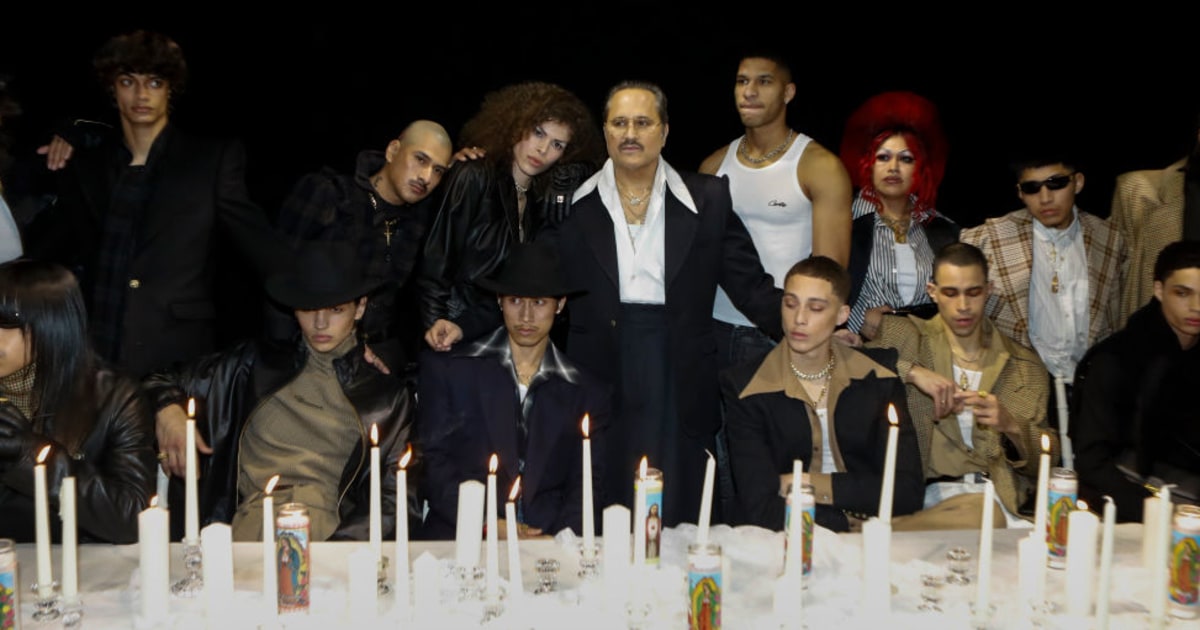"Ri qach'ab'äl, ja ri 'ri ruk'aslem ti qab'anob'al, wi xtikäm, chuqa' xtikäm rik'in ronojel ketamab'äl kiya'on kan ti Qati't qamana."
Translated into Spanish: "Our language is the vital oxygen of our culture and, if it dies, with it all the ancestral knowledge it contains dies." These are the words of the activist in indigenous languages Cecilia Tuyuc. From the Guatemalan municipality of Comalapa, this woman was added in 2017 to the first incubator in Wikipedia of Kaqchiquel, one of the 22 Mayan languages used in the Central American country, where Xinca, Garífuna and Spanish are also spoken. Since this initiative was promoted in 2004, 106 articles have already been written out of the 800 needed to get them out of the incubator and the Wikipedia Kaqchikel is created. One of the articles written by Tuyuc talks about the Basque experience in revitalizing Euskera, which has become a benchmark "Magnificent" to promote the original languages of Guatemala. Likewise, incubators have been created in other of the two Mayan languages of Guatemala: Q'eqchi and K'iche, although the pandemic of the new coron
avirus has prevented for the moment from starting to incorporate articles.
More information
Indigenous languages, a dying legacy
500 languages are at risk in Latin America
Educate indigenous people in their own language
Tuyuc explains: "This initiative seeks to guarantee a longer life span for our languages so that they are visible and do not die." Thus, he stresses, the objective is to prevent their speakers from becoming "subjects of research and history", of so that their languages "remain alive and free and have the same importance as others." In this context, remember, the Internet has become indispensable "to communicate with other people and place our languages in this medium."
However, the activist criticizes that they have found the problem that there is no configuration to write in indigenous languages: "It marks us as an error and the corrector changes the words."
Despite this, the Network could become the retaining wall to prevent the eradication of native languages, taking into account that, according to the World Bank, in Latin America and the Caribbean one in five indigenous peoples has already lost their language, so that 44 of them now speak Spanish and 55 speak Portuguese.
In addition, it indicates that 26% of the 560 indigenous languages spoken by 42 million people in this region of the planet are at risk of disappearing.
This institution warns that half of the languages that exist today in the world will become extinct during this century.
And it reveals that the causes of this linguistic extinction are the levels of poverty and social exclusion suffered by indigenous communities, which constitute more than 6% of the world's population.
Thus, as confirmed by the UN Department of Economy and Social Affairs, there are more than 476 million indigenous peoples in the world, who are almost three times more likely to live in extreme poverty than non-indigenous peoples.
Specifically, they represent almost 19% of those living in extreme poverty, regardless of the region where they live.
"With the disappearance of languages, their identity and collective memory diminish and there is also the danger of a loss of knowledge that has been and will be key to the future of the region," warns the World Bank.
Decade of Indigenous Languages 2022-2032
To curb this situation, the United Nations declared 2019 the International Year of Indigenous Languages, taking into account that there are 2,680 languages that are in danger of disappearing.
In the closing ceremony, held in Mexico, the Declaration of Los Pinos (Chapoltepek) was approved on February 28, in which more than 500 participants from 50 countries agreed on the strategic route for the International Decade of Indigenous Languages (2022- 2032) in order to promote education in their mother tongue among indigenous peoples and take advantage of the potential of digital technologies to support the use and preservation of these languages.
Previously, the UN General Assembly approved on December 18, 2019 a Resolution in which it proclaimed such a Decade to "draw attention to the serious loss of indigenous languages and the urgent need to preserve, revitalize and promote them. One of the tools For this, the Internet is used, since despite the fact that there are 7,000 languages in the world, ten are used mostly on the Internet, the most used being English (25.9%), Chinese (19.4%), Spanish (7.9%) and Arabic (5.2%), according to data from Internet World Stats.
Precisely, last year, the first Latin American Festival of Indigenous Languages on the Internet was held in Guatemala City in which young people from various countries showed their initiatives to preserve their languages in a context in which, according to UNESCO, at least 40 % of the 7,000 languages used around the world are in danger of disappearing.
“Did you know that Nahuat is the last living indigenous language in El Salvador and that, unfortunately, it has less than 200 native speakers?”, Asks Héctor Martínez on his YouTube channel called Timumachtikan Nawat, in which he invites you to visit so that “ together we can be a guardian of this language ”.
This 27-year-old young man makes educational videos that he also publishes on Tik Tok to teach Nahuat, taking into account that "there is no initiative on the part of the Salvadoran State, nor any support for the revitalization or rescue of this language" that practically disappeared after the massacre of more than 30,000 indigenous people and peasants who demanded their rights and their lands in 1932. Thus, he denounces that, in El Salvador, "four languages have already died and nobody says anything and the communities do not take to the streets to demonstrate either."
For this reason, he points out that his intention is "to sensitize and make noise so that Nahuat does not die", which his great-grandmother spoke and that had already been lost in his family.
However, he began to learn it in a self-taught way by visiting the towns and, later, being one of the 70 teachers who were trained in El Salvador and who now also teach in private universities.
Due to the fact that there were hardly any resources for his students to learn it, he began to make videos that, later, he uploaded to YouTube to reach more people.
“If this language dies, our culture in general dies, although for the State I don't think it would mean anything,” laments Martínez, who is dedicated to visiting the few communities in which some women over 60 years old still speak Nahuat and who they participate in their recordings.
Digital spearmen to keep the kichwa in Ecuador
Another way to keep indigenous languages alive is through
community
online
radios
.
In Ecuador, in 2017 they launched the Digital Lancers initiative, through which the Confederation of Indigenous Nationalities of the Ecuadorian Amazon transmits information on peoples and social movements that “are not disseminated in traditional media through an internet radio to thus overcome the media siege ”.
Eslendy Grefa, of Kichwa origin, explains that after the marches that the indigenous movements made in 2017 towards Quito, the name of Lanceros Digitales emerged: "the spear because it is our war tool of the Amazonians" and as a sign that they report "without censorship of all the conflicts that exist in our territories. ”He regrets that“ our cultural identity has been lost ”, because many young people have emigrated from their communities to the city, where“ they no longer have that essence of identifying themselves as indigenous and they are even ashamed to speak their language. ”Grefa details that, in Ecuador, there are 14 nationalities and, until now,“ the voices of indigenous peoples were silenced because no media ever reported what was happening in these communities. ” This, "the community media have emerged from that isolation that has left us behind."
Digital activists rely on new technologies to prevent up to 3,000 indigenous languages from disappearing
According to the UN, of the 7,000 languages in the world, 6,700 are indigenous and, of these, about 3,000 "are at risk of disappearing."
To get an X-ray of the current situation, Unesco launched the Atlas of Languages at the end of last year, which identifies which languages are at risk of disappearing.
In the case of Guatemala, of the 23 analyzed, it warns that two are in a critical situation (Itzá and Xinca), while the mopan is in serious danger.
It also reveals that seven others are in danger and 13 are in a vulnerable situation, including the kaqchikel.
To reverse this scenario, Jaquelyn Alacán takes advantage of social networks such as Tik Tok or Facebook to try to teach the pronunciation of the Mayan language Kaqchikel through funny videos or memes: “I don't think the Internet is a lifesaver for this language, but it is a resource to keep it afloat through its dissemination to raise awareness in other people and get them to express themselves in that language, it does not matter if it is through jokes, riddles or memes ", he highlights.
Alacán recalls that many times, indigenous people "are ashamed" of using their own language due to the same "discrimination" they suffer and, therefore, encourages them to speak it in all areas to demonstrate the "cultural wealth" of the different peoples of Guatemala.
Nine out of ten indigenous languages will have disappeared by 2100
However, the global outlook is discouraging, given that the UN Permanent Forum on Indigenous Issues itself warns that more than 90% of the languages of indigenous peoples will have disappeared by 2100. One of the languages that is in Orange alert is Kichwa, as denounced by the Ecuadorian digital activist Imbaya Cachiguango, who details that only 25% of the Kichwa population makes daily use of this language and children and adolescents "are no longer using it."
This concern is transferred to the Internet, where young people are chatting in Spanish.
"For this reason, we are encouraging them to do it in Kichwa so that it also has its reflection in daily life."
However, he warns that, even if this language is used on the Internet, "if we do not do other things to promote its use, you risk dying, as it will help, but it will not save you."
In this sense, it advocates creating media in Kichwa, while having music and theater in this language and can be used throughout the educational system, from school to university.
"It also has to be a requirement to find a job," he defends.
To stop the process of loss of this language that could disappear "in three generations", Cachiguango created the Facebook group Kichwa Mashikuna and a YouTube channel, where it is motivated to continue writing in this language and live broadcasts in Kichwa of different events.
"Those who only write to us in Spanish are going to answer them in Kichwa, because we do not go back, although to those who do not understand us we give the link to a web page where the language is taught."
One in five indigenous peoples in Latin America and the Caribbean has lost their native language and 26% of indigenous languages are at risk of disappearing
For its part, Guatemala has had the Maya Kaqchikel University since 2014, where Miguel Ángel Oxlaj teaches classes, who regrets that this language is in a vulnerable situation, because they have detected "that in the last 15 years, it is not being transmitted to the new generations and that is very worrying because it is in the family where the affective bond with the language is established. "Thus, he remembers that when he was little, his parents spoke to him in Kaqchikel." At that moment is where I took love because for me it represented the love of my parents. ”In addition, he points out that another reason is the lack of spaces to use it, which results in its“ discrediting ”, since when it is only used at home, speaking people feel “Disenchanted” and wonder why they are going to teach it to their children when considering that it is a “backwardness.” Oxlaj also warns that the bilingual model in public schools, where Spanish predominates and only the languages are taught.
As indigenous people a few hours a week, it means "giving them a dignified death with a lot of diplomacy and tact."
For this reason, the Kaqchikel activist Cecilia Tuyuc is committed to the new generations finding "love for their language and culture, because we are immersed in a total loss of Mayan identity." For this, the Internet is a great ally: "We don't want May our language and our people become a museum. ”One of the latest initiatives on the Internet was promoted by the Guatemalan kaqchikel singer-songwriter Sara Curruchich, who has published a playlist called Voces de Mujeres Indígenas on Spotify, with songs from all over the world. Argentina, Australia, Sweden or Cameroon, among other countries. “Chupam ri qach'ab'äl k'äs ri qana'oj chuqa ri qab'anob'äl.” (Our thinking and our way of interpreting life and the world lives in our language), sentence in Kaqchikel Miguel Angel Oxlaj.
FUTURE PLANET can follow on
,
and
, and subscribe
here
to our 'newsletter'
.







/cloudfront-eu-central-1.images.arcpublishing.com/prisa/YZWLKKGTWJEYJGZCDO4WAAAZNE.jpg)
/cloudfront-eu-central-1.images.arcpublishing.com/prisa/EMYXC3EVHNEG3OJHGIQCB2IVYA.jpg)
